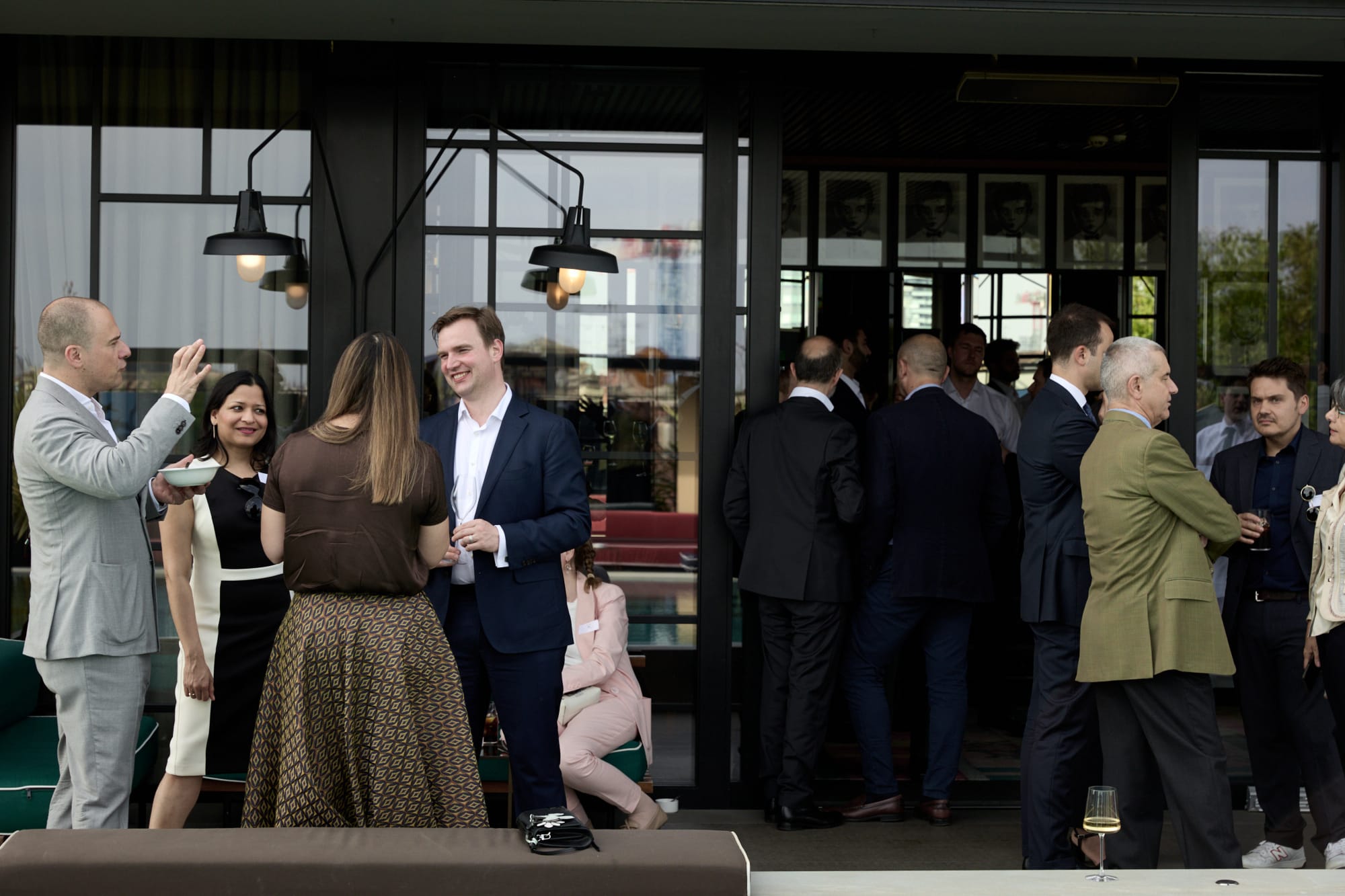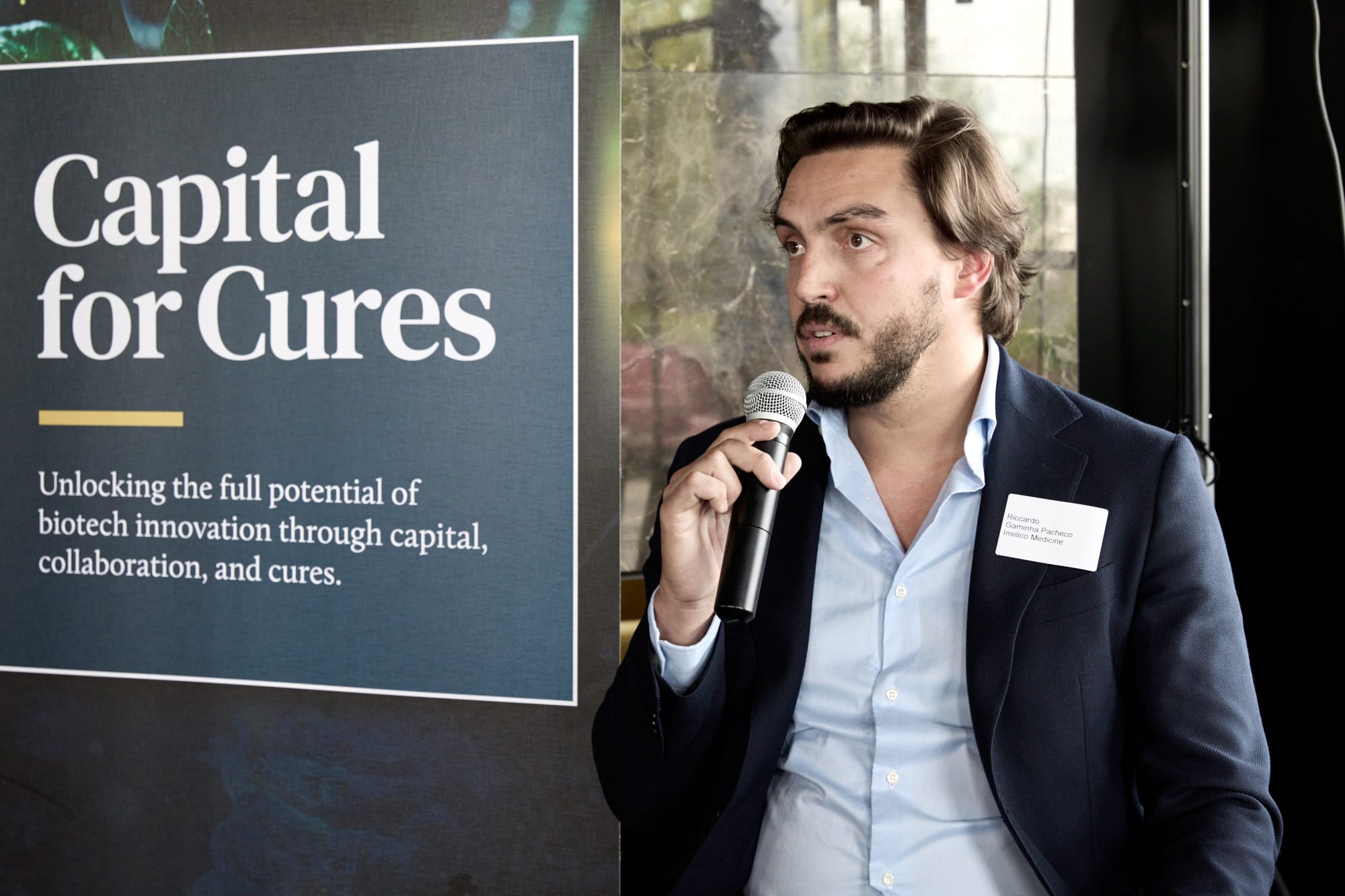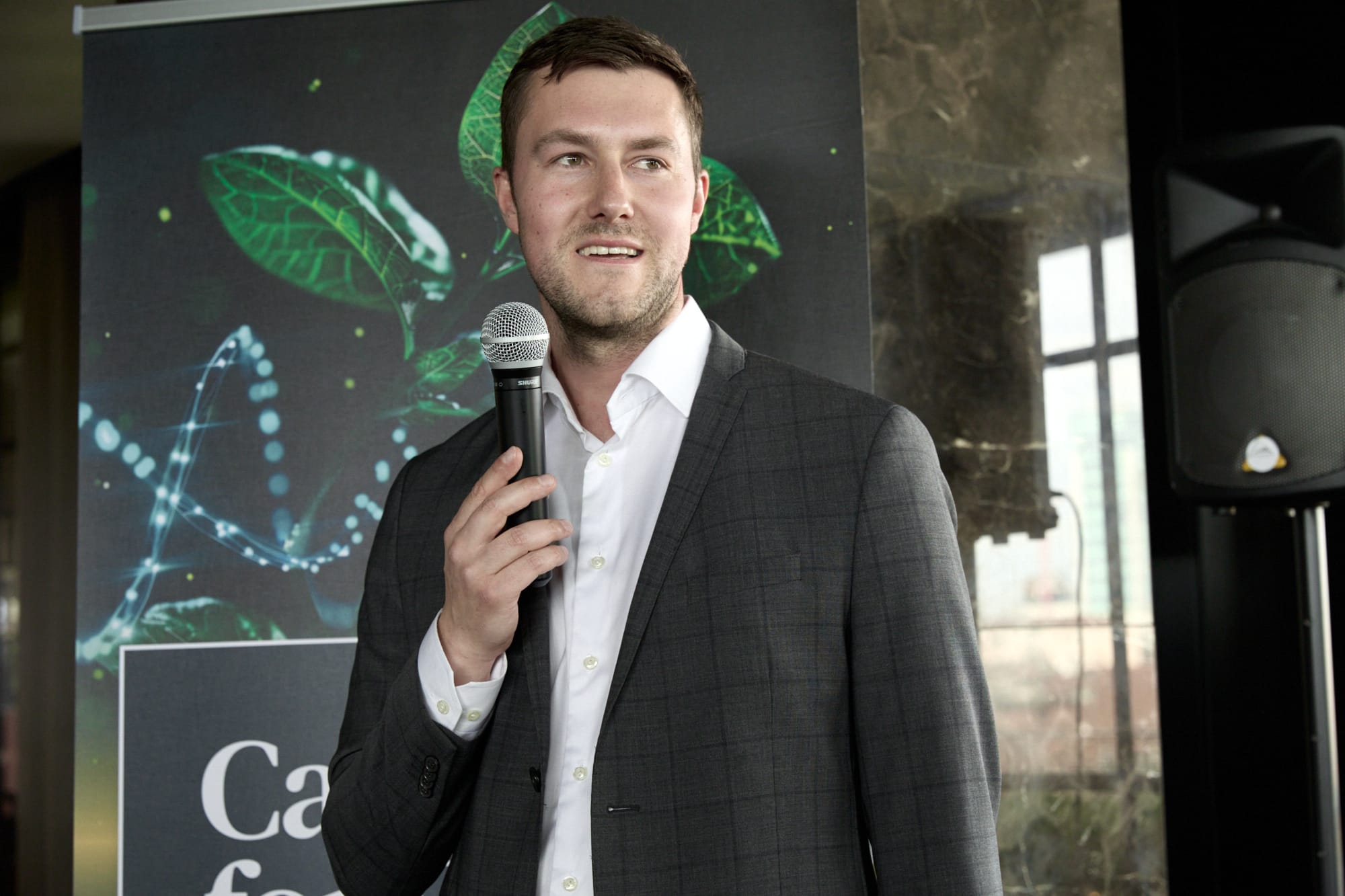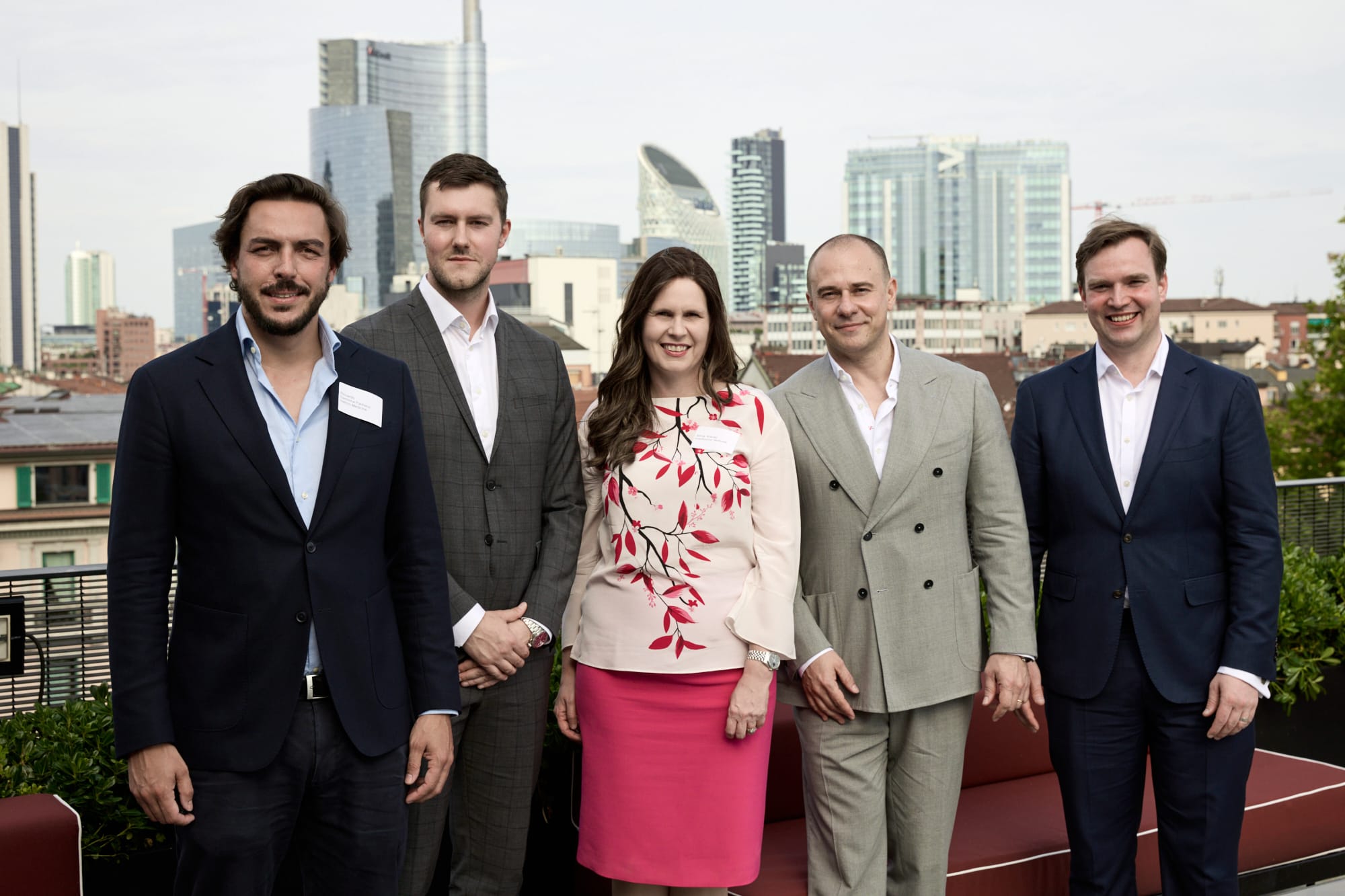Rethinking Biotech Financing

At the recent Capital for Cures gathering in Milan, a curated group of biotech innovators, investors, and family office leaders came together to challenge the status quo of life science financing. While the conversation spanned AI, partnerships, and new therapies, a clear consensus emerged: the current model is not enough. What’s needed now is patient-aligned capital, realistic expectations, and smarter partnerships that go beyond the venture capital playbook.
A Shift in Mindset: More Shots on Goal
Sebastian Gensior, founder of Capital for Cures AG, opened the event with a simple but powerful idea: we need more shots on goal. In an environment where fewer therapies are receiving traditional funding, every missed opportunity could mean another disease left untreated. Rather than waiting for one big win, the biotech sector must embrace a portfolio mindset—fueled by diversified, sustainable financing options.
Gensior emphasized the role of royalties and IP-backed deals as bridges between scientific potential and real patient access, especially in underfunded disease areas. These models, he argued, are not just workarounds—they’re tools to unlock innovation that otherwise wouldn’t make it out of the lab.
Patient Capital Needs Realistic Expectations
From the family office perspective, Adina Krausz of InnoSource Ventures AG delivered a clear message: patient capital exists—but it’s not a silver bullet. Family offices differ in structure and goals—some are philanthropically driven, others have return mandates. Confusing the two, or expecting quick wins, leads to mismatched expectations and missed opportunities.
“Too often,” Krausz noted, “startups pitch family offices as if they’re venture funds or grant agencies. They’re neither. What’s needed is a deep understanding of the capital source—and some humility.” She emphasized the importance of preparation, alignment, and realistic timelines, especially when courting single-family or multi-family offices.
The Science Still Matters—But So Does the Fit
Celeste Scotti, MD, PhD, of Fondazione Telethon, brought a crucial patient-led voice to the table. She reminded the room that many promising therapies for rare diseases have been returned or shelved—not because they don’t work, but because they’re not considered commercially viable. Fondazione Telethon has taken the bold step of launching internal biotech ventures when neither pharma nor VC would step in.

Scotti’s message was clear: if the capital markets don’t serve patients, we must create new channels—and that includes combining grants, early-stage capital, and alternative financing tools to fund gene therapies and other high-cost, high-impact innovations.
AI, Partnerships, and Platform Playbooks
Representing a tech-forward angle, Ricardo Gaminha Pacheco of Insilico Medicine offered insight into how AI is transforming drug discovery. With a pipeline of over 30 molecules and seven already in clinical stages—just five years after launch—Insilico demonstrates how generative AI and multiomics can accelerate early-stage development.

Yet Pacheco was candid: “We’ve had a 100% success rate so far in preclinical validation, but that doesn’t mean we’ll never fail.” For Insilico, partnerships work when there’s deep alignment—not just on data, but on strategic fit. Whether licensing a first-in-class compound or co-developing a new target, understanding the other side’s pipeline, priorities, and pain points was key to success.
The Deal Landscape Is Tough—but Not Impossible
Roland Petrenkó of SS&C Intralinks offered a data-driven reality check. The number of deals may be down, but preparation time has become the key differentiator. According to internal data, successful deals typically undergo over 8 months of preparation—compared to less than 3 for unsuccessful ones.

In an era of inbox-overload, where family offices and VCs receive hundreds of pitches weekly, only well-prepared, strategically positioned ventures stand out. Petrenkó encouraged startups to treat the process like dating: know your match, set expectations early, and invest time in understanding your counterpart before asking for commitment.
Italy’s Untapped Potential
One lively exchange centered on why Italian innovation remains underrepresented in global deal flow. Several speakers pointed to structural issues—particularly in academic tech transfer, where publication still trumps commercialization. But there was optimism, too. As one participant put it, “Italy has world-class science. The key is incentivizing inventors and connecting them with the right funding vehicles.”
A Collaborative Future
As the event closed, attendees reflected on how Capital for Cures is helping rewire the ecosystem. By bringing together stakeholders that usually operate in silos—founders, funders, scientists, and strategists—the initiative is creating the infrastructure for long-term, values-aligned innovation.

The upcoming events in London (June 10) and Frankfurt (June 17) aim to continue this momentum. Whether through IP-based royalty models, deeper investor education, or AI-enabled R&D acceleration, the Milan discussion proved one thing: the future of biotech funding won’t come from doing more of the same—it will come from doing better, together.
Member discussion